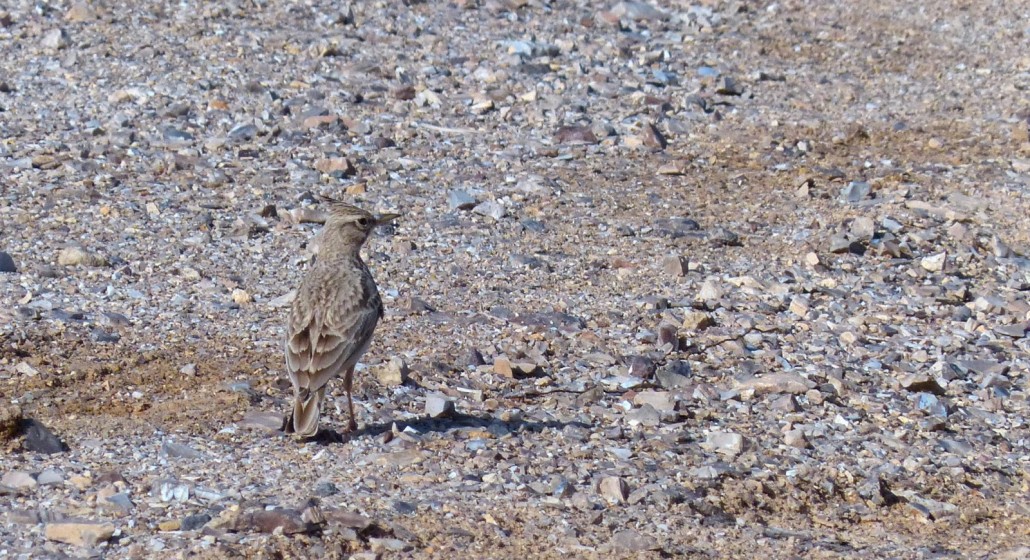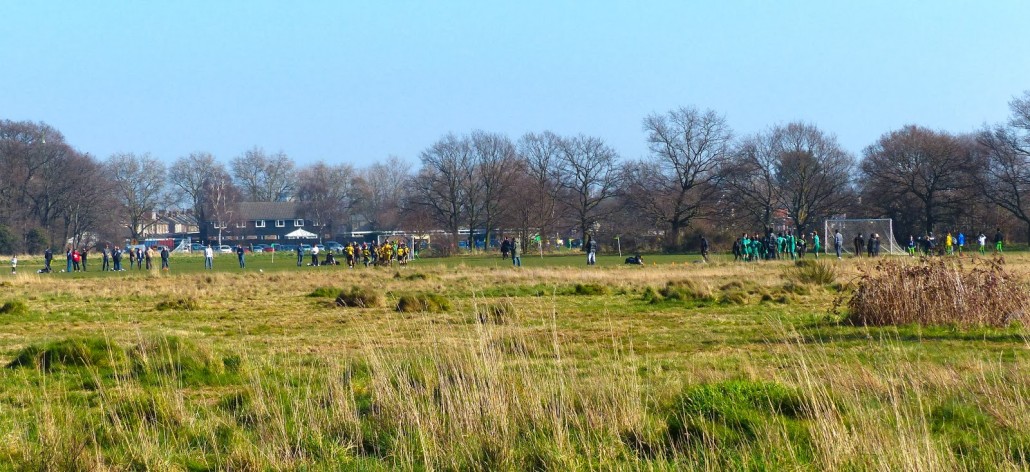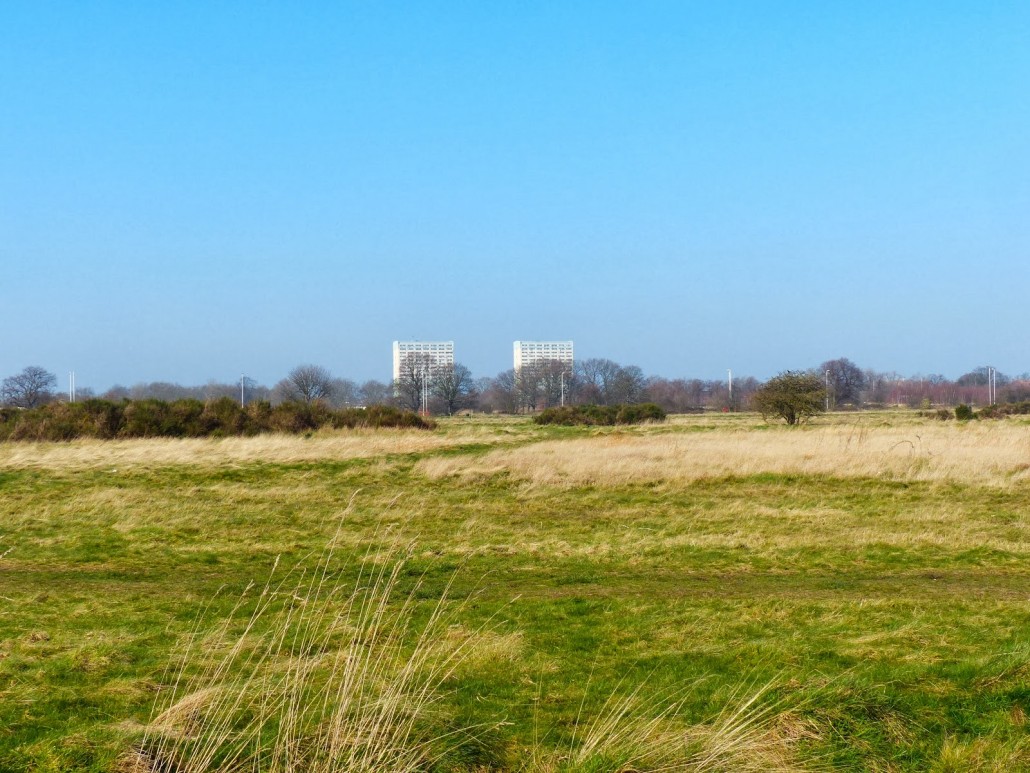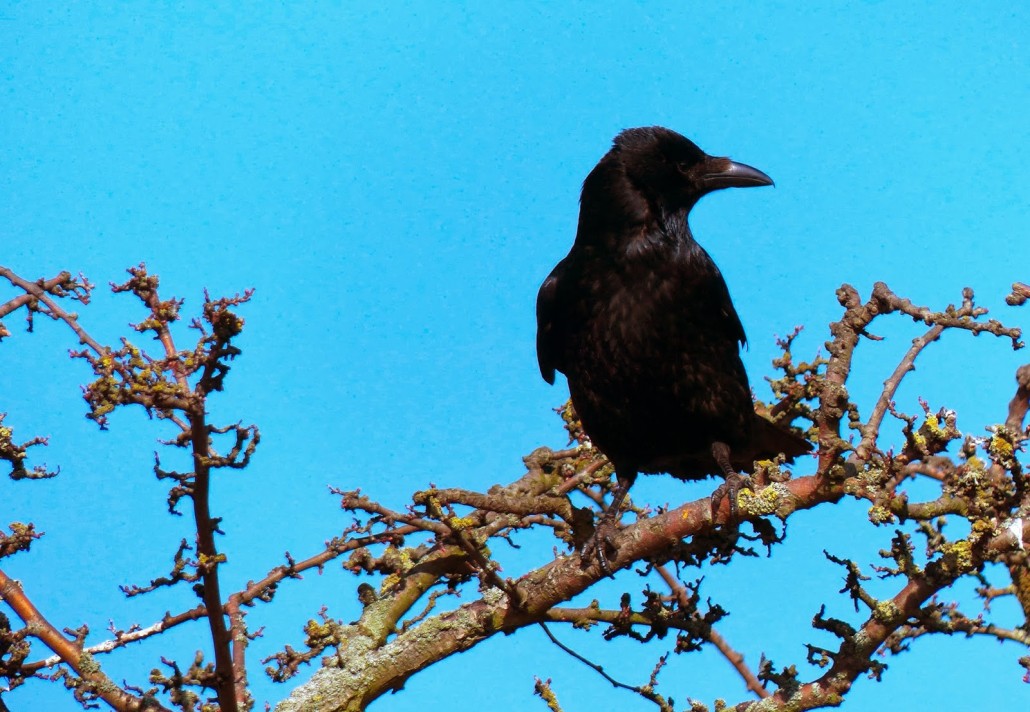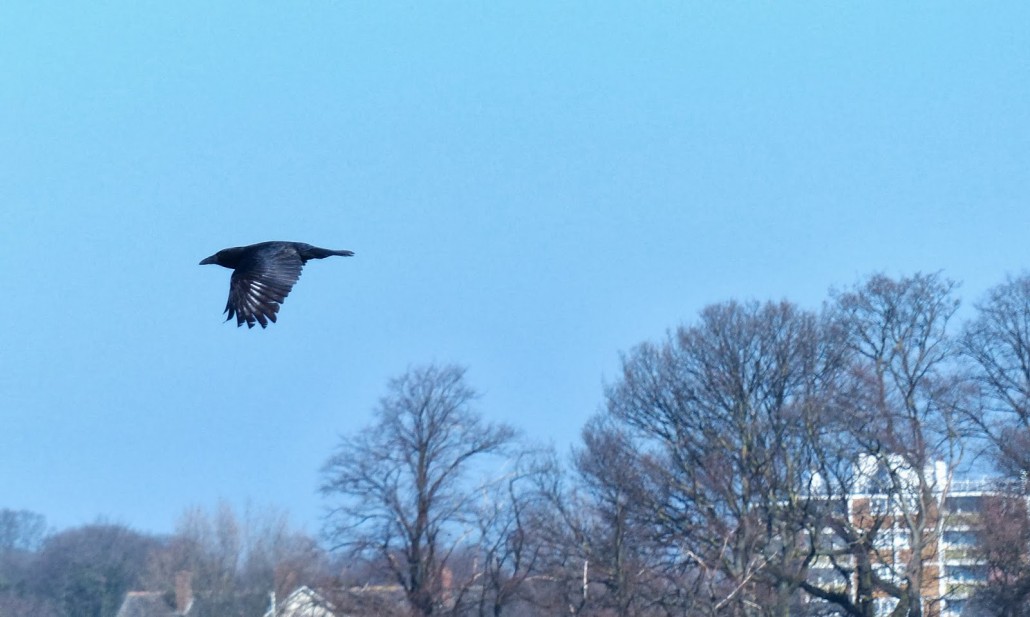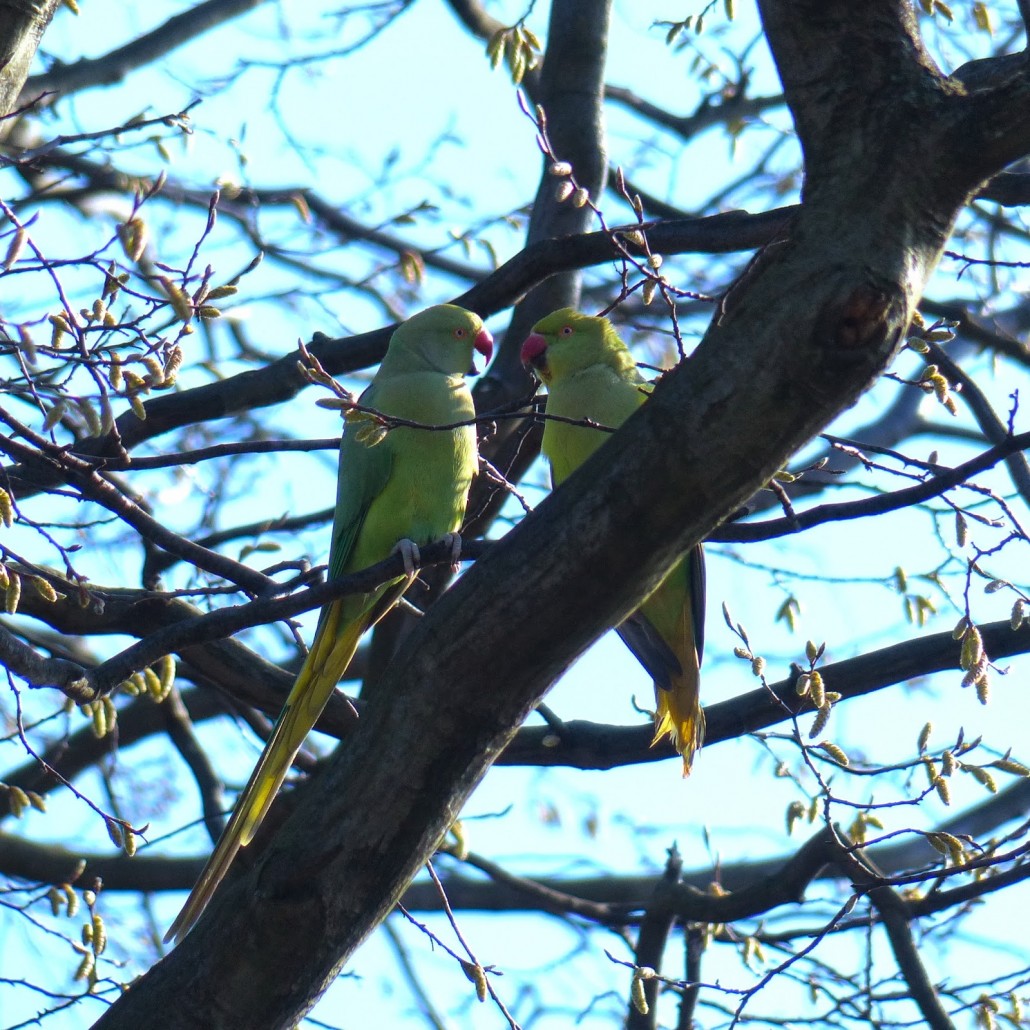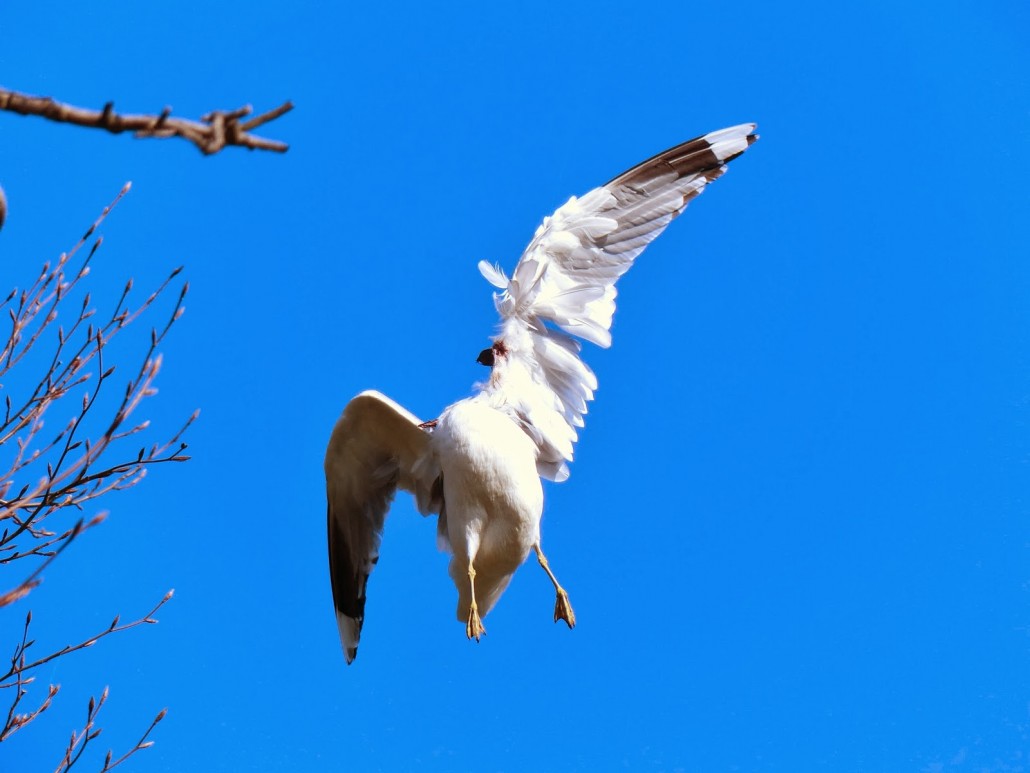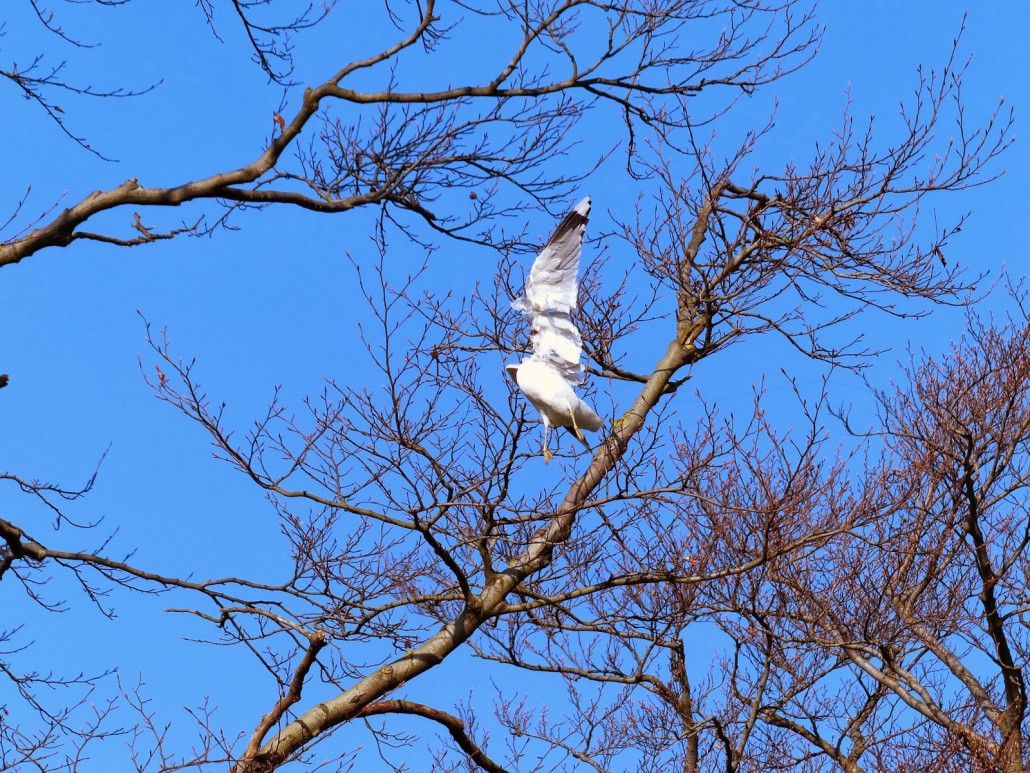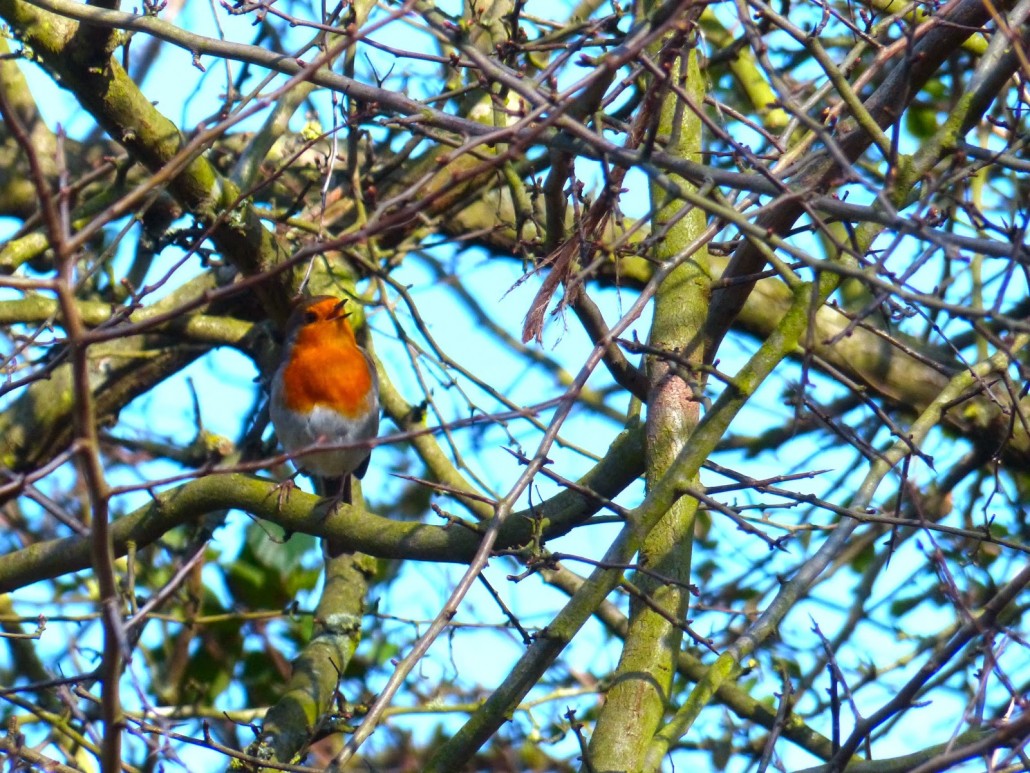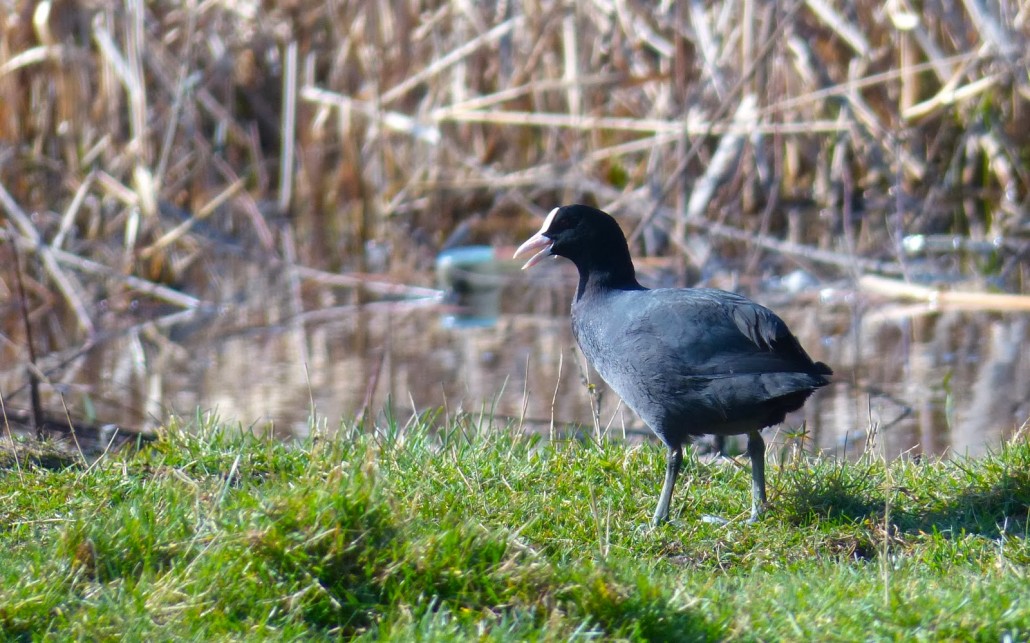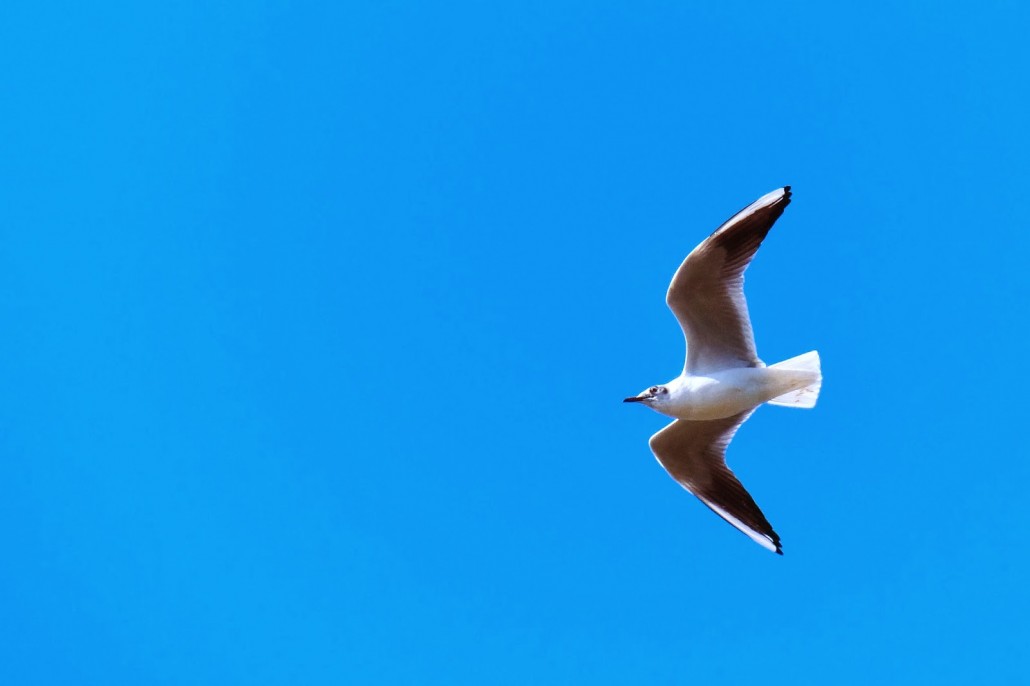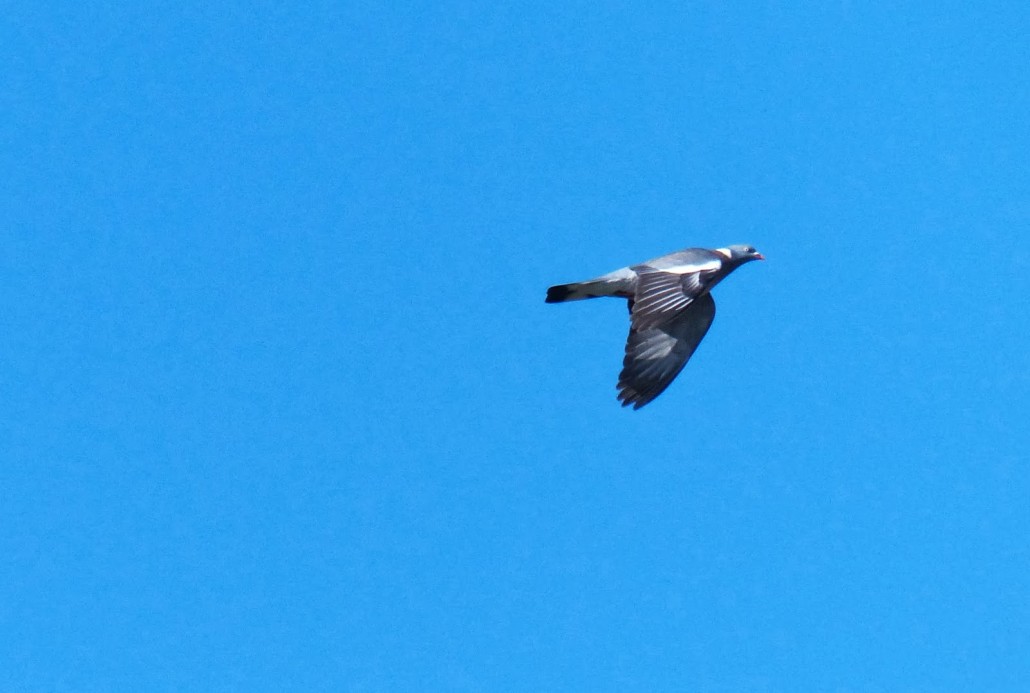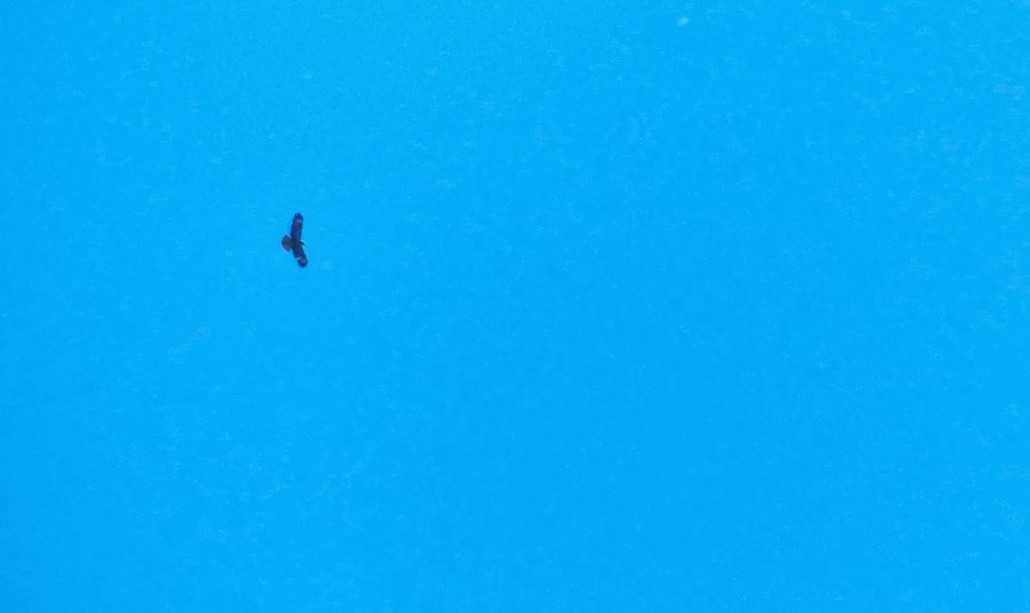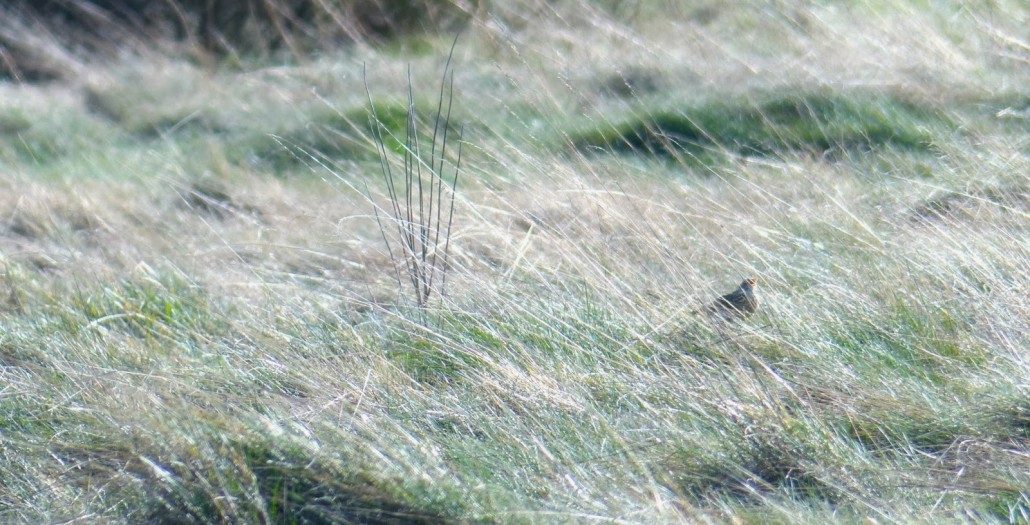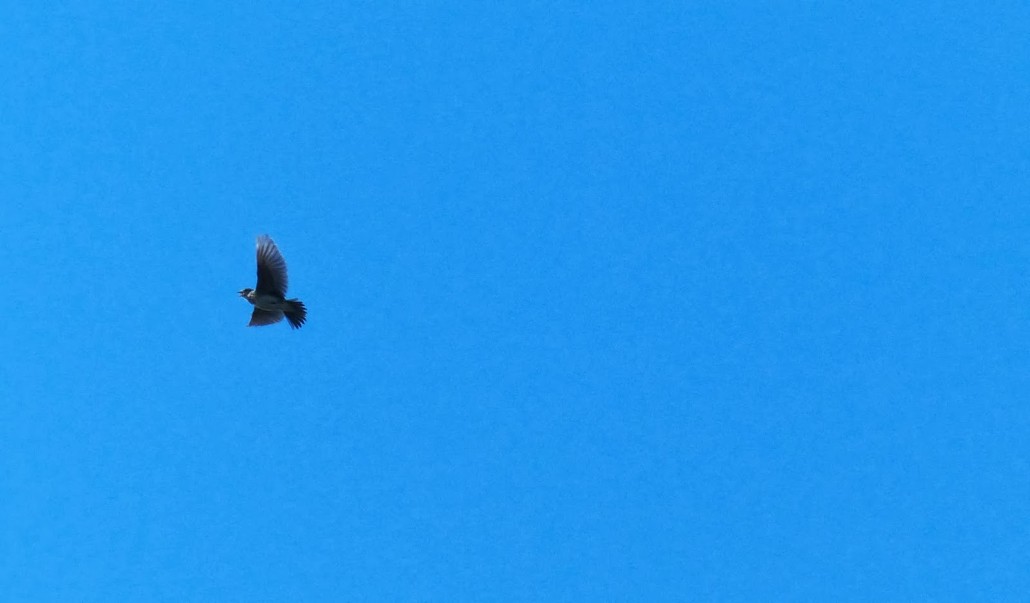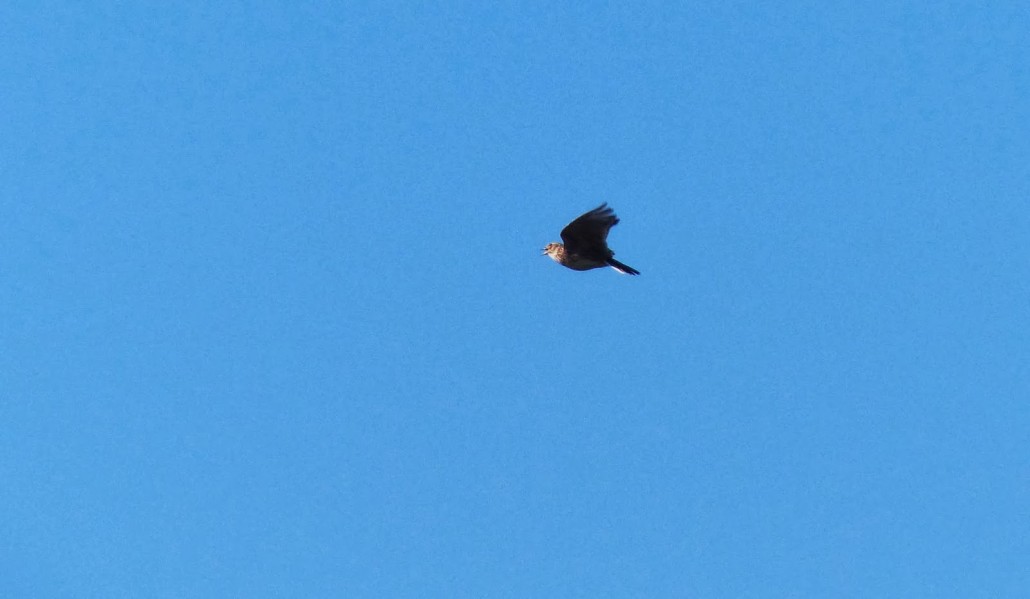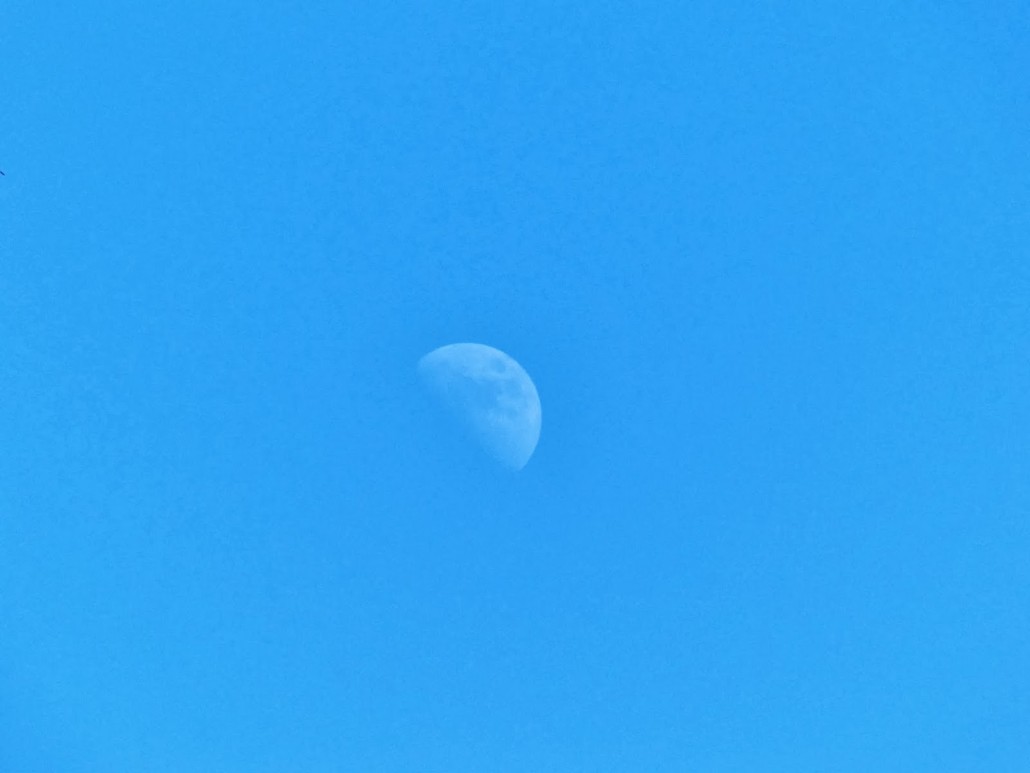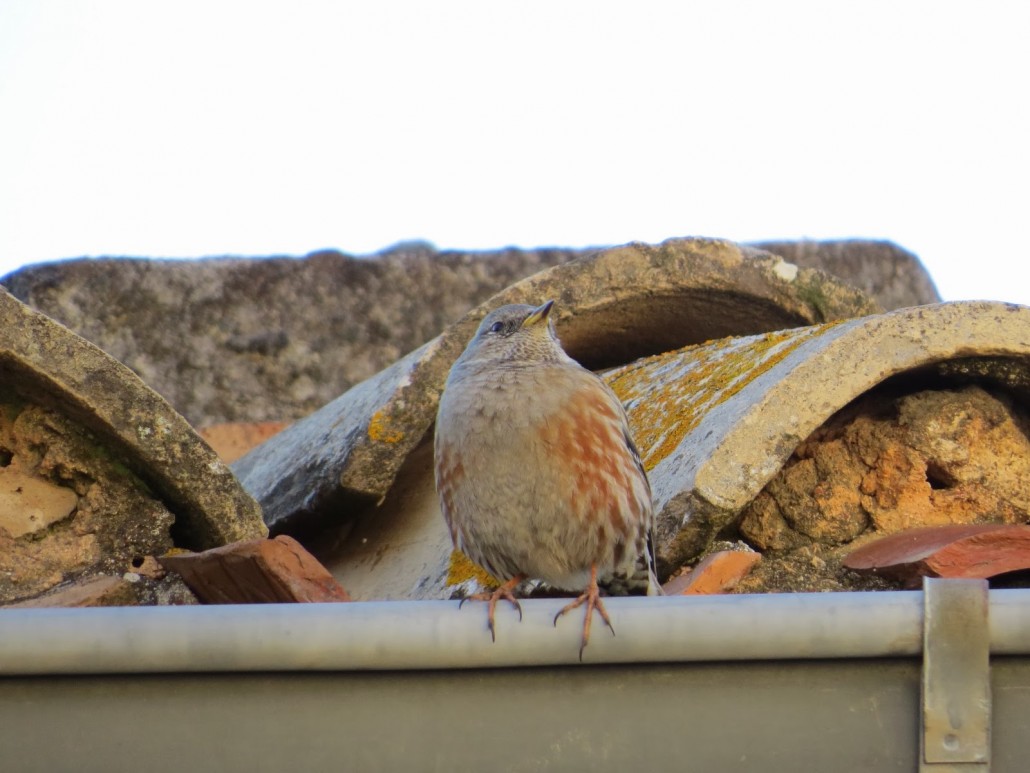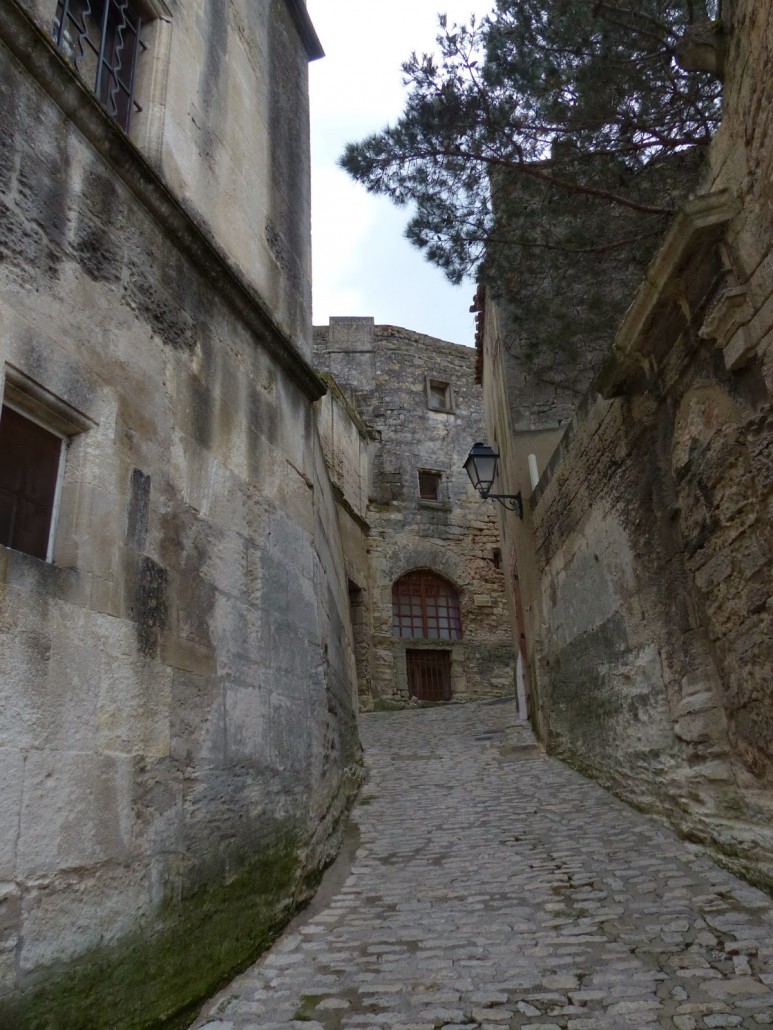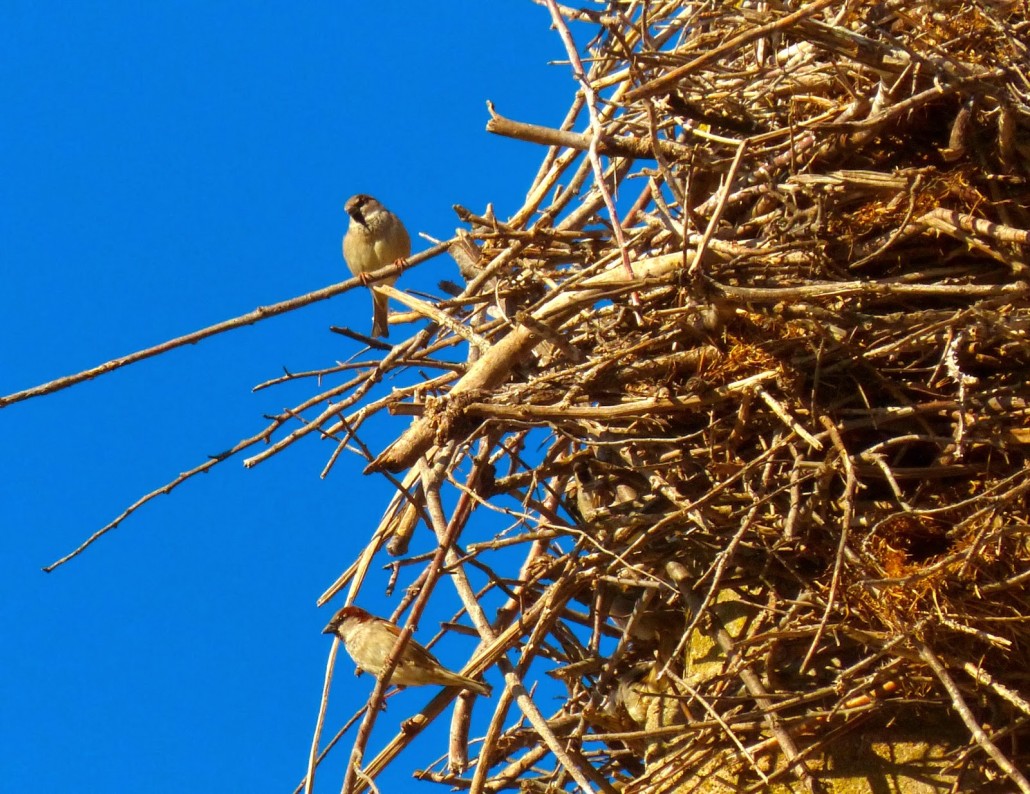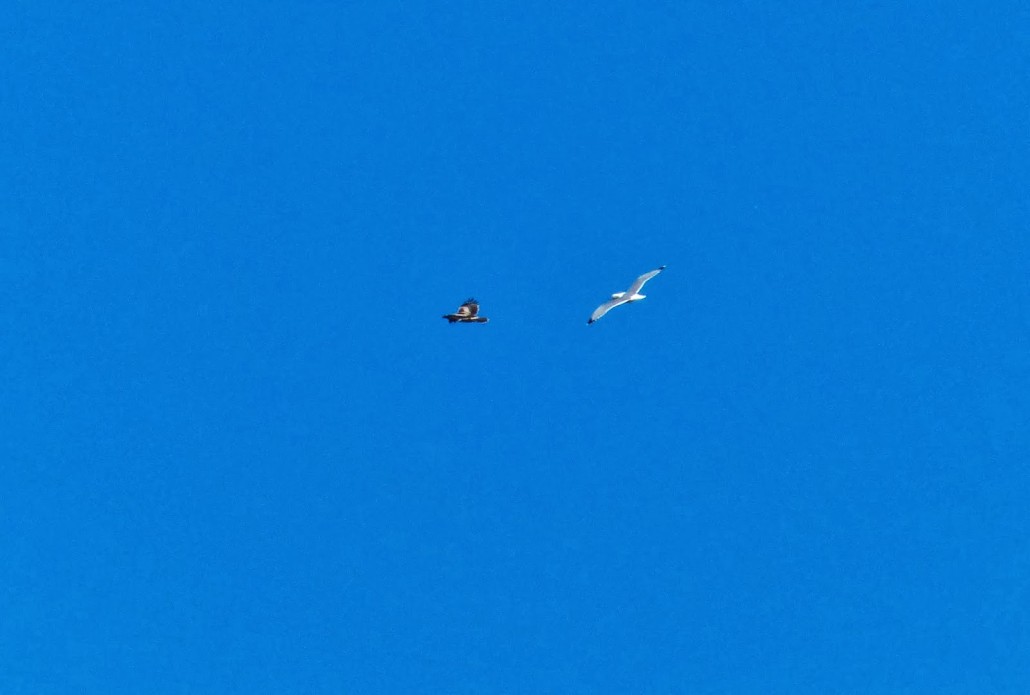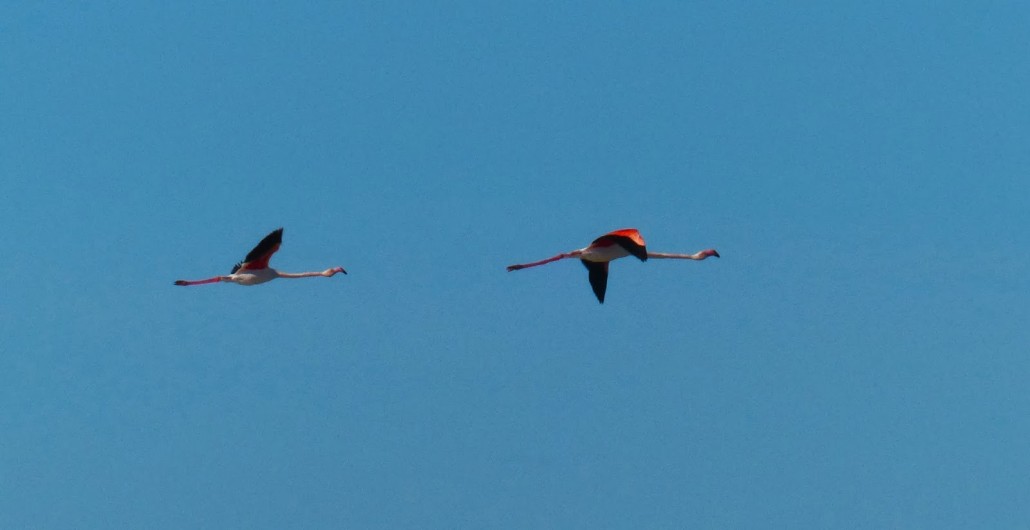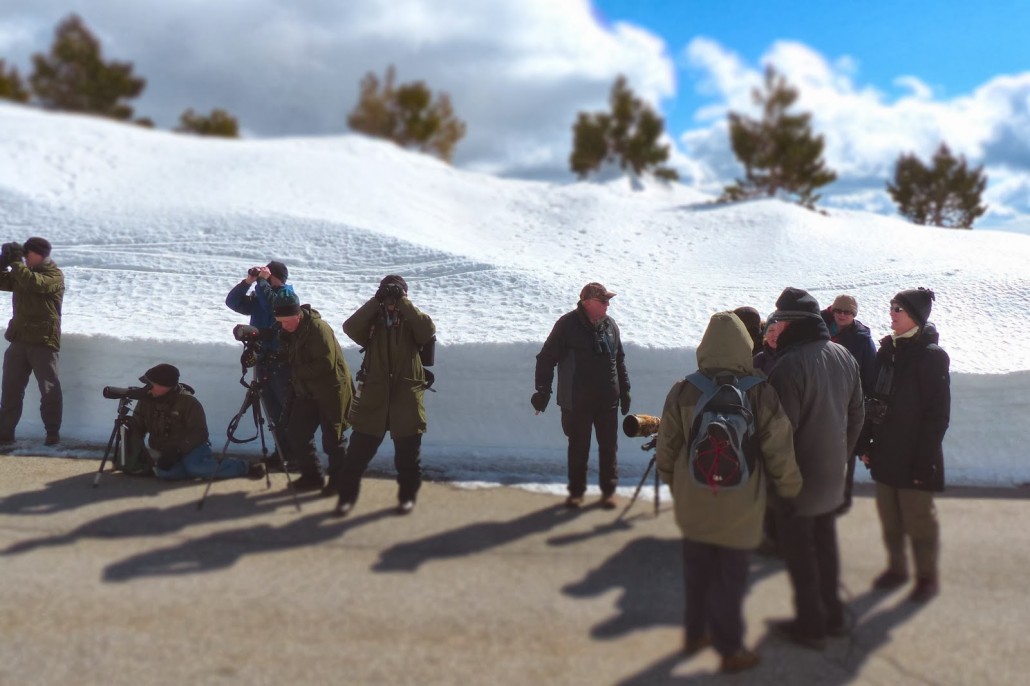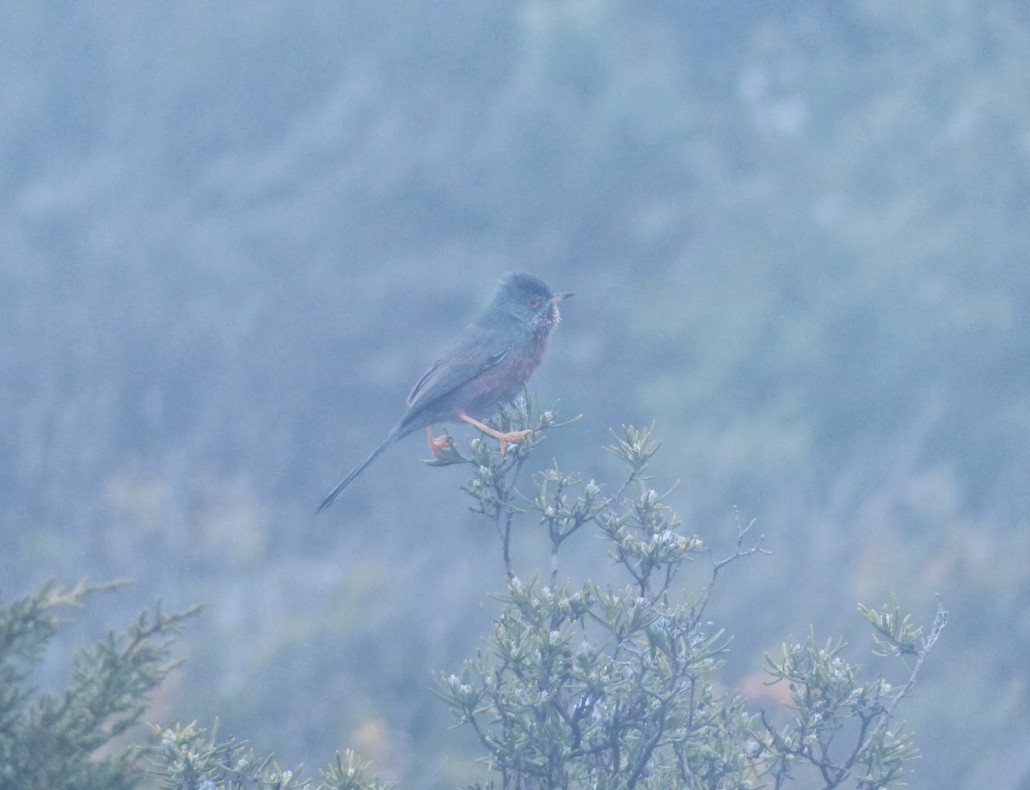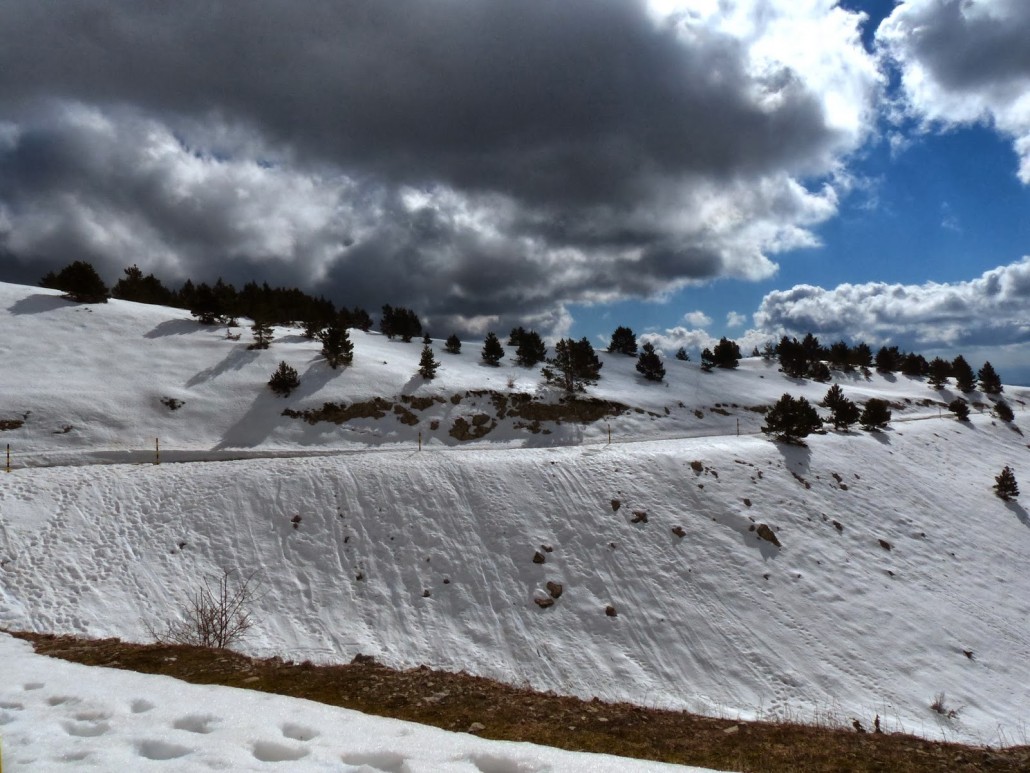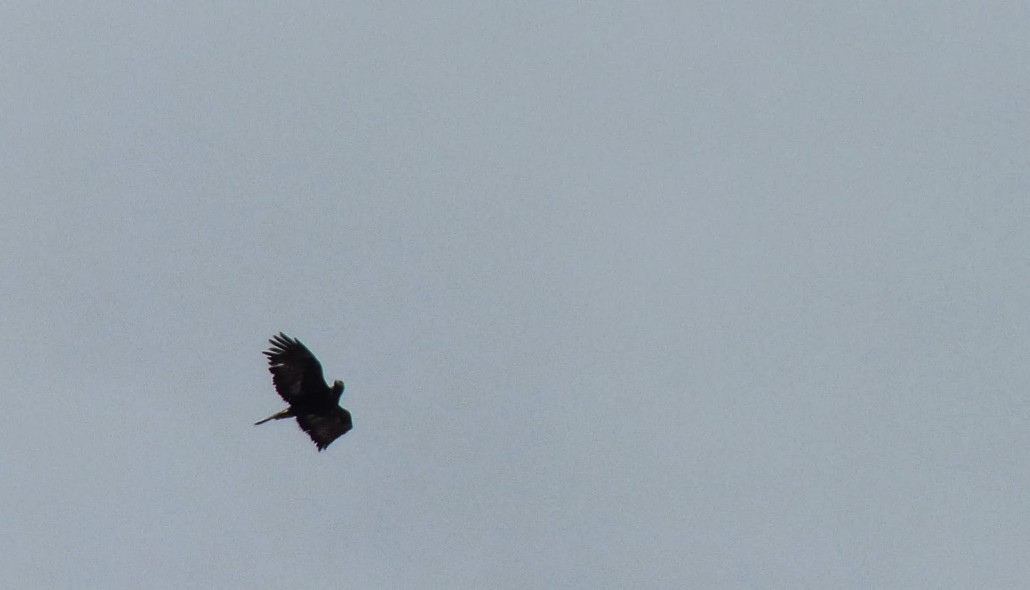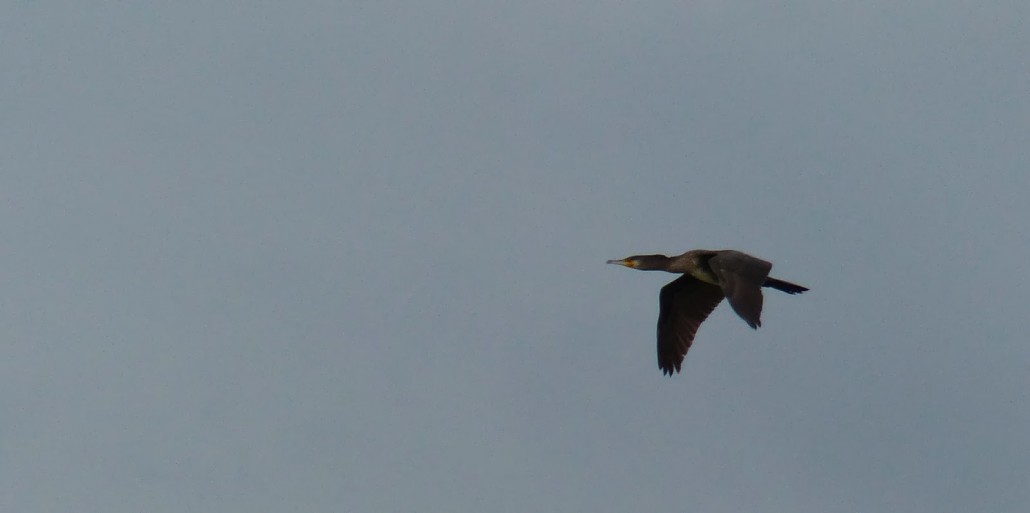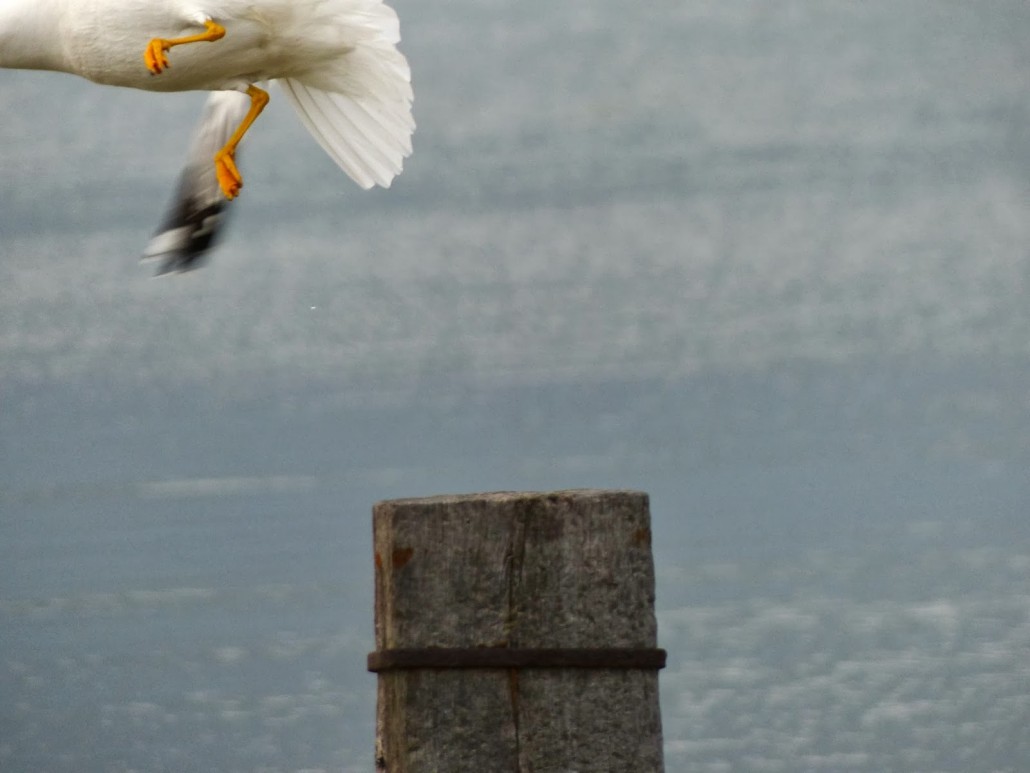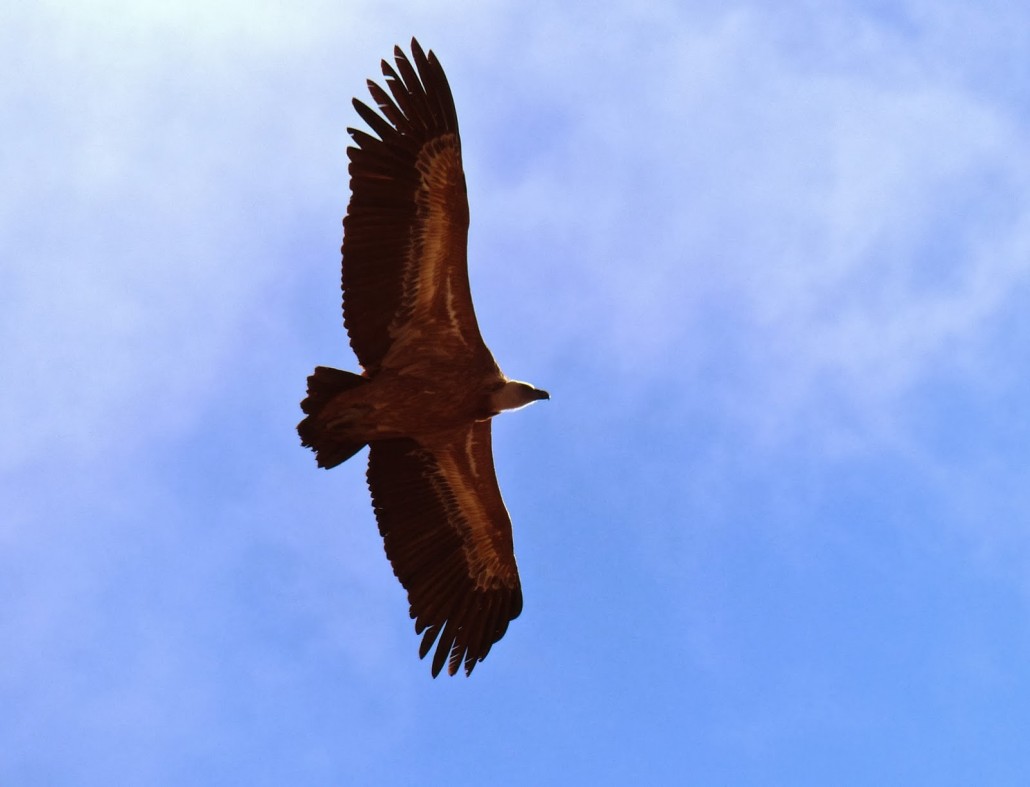Football in the park
‘What you raisin’ your flag for mate? You don’t know what it’s for’.
‘Square it!!! Square it!!!’
Those were the cries that greeted me on my first official visit to Wanstead Flats, Redbridge in East London. Yes, the Sunday League footballers were out in force vociferously playing the game that they love. It’s a wonder that any wildlife exists in a place that is totally covered in people during the weekend. It was my first official visit because on this occasion I was escorted around the premises by local Eastend birders and Wanstead Flats regulars, Geoff and Kim Gramlick.
Wanstead Flats
It actually wasn’t my first visit to this fine eastern spot, if the truth be known, because I popped over a couple years ago on a random visit to try to re-find a spring Ring Ouzel that had been reported a few days previously. The site is well covered by a band of dedicated birders who saw over 130 species on the site last year. Over the years they have had some great finds like Wryneck and Stone Curlew plus they regularly get Wheatear, Ring Ouzel and the other migrants that I get at The Scrubs. Indeed, this place has been unofficially twinned with The Scrubs by some birders.
Carrion Crow
Today was the warmest day of the year thus far and at times I was actually sweating. A far cry from the largely grey and wet winter that we have been enduring. It for days like this that makes it worth hanging on during those cold dark days.
Corvus corone in flight
Spring was definitely in the air with Blue Tits busily displaying to each other; the males conducting their cute butterfly-flappy flight for the females. This is a display so rarely spoken about.
Ring-necked Parakeets
A hung Common Gull
We unfortunately came across this poor Common Gull that had unwittingly flown into fishing wire that was deliberately laced between the trees obviously designed to maim passing birds.
The gull in context
What kind of imbecile would do that??
Singing Robin
Songbirds were out in force headed by Robins, Dunnocks and Wrens but I also heard my first singing Chiffchaffs on British soil today too.
Common Coot
Black-headed Gull
Wood Pigeon
Common Buzzard
We also recorded a Buzzard passing over. Funnily enough, I saw one in roughly the same location the first time I came to Wanstead flats two years ago.
Skylark
If the Meadow Pipit is the species that has come to symbolise The Scrubs then in my book it is the Skylark that is Wanstead Flats’ signature bird. I was told that the site holds some 10 pairs – pretty good for an urban site. Like at The Scrubs, the birders at Wanstead Flats are having problems trying to keep people and dogwalkers out of the grasslands too.
It was glorious to see and hear them sing
Wanstead Flats is a nice bit of natural London that is well worth a visit and even more so, support. If you ever get there let me know how you got on.




































